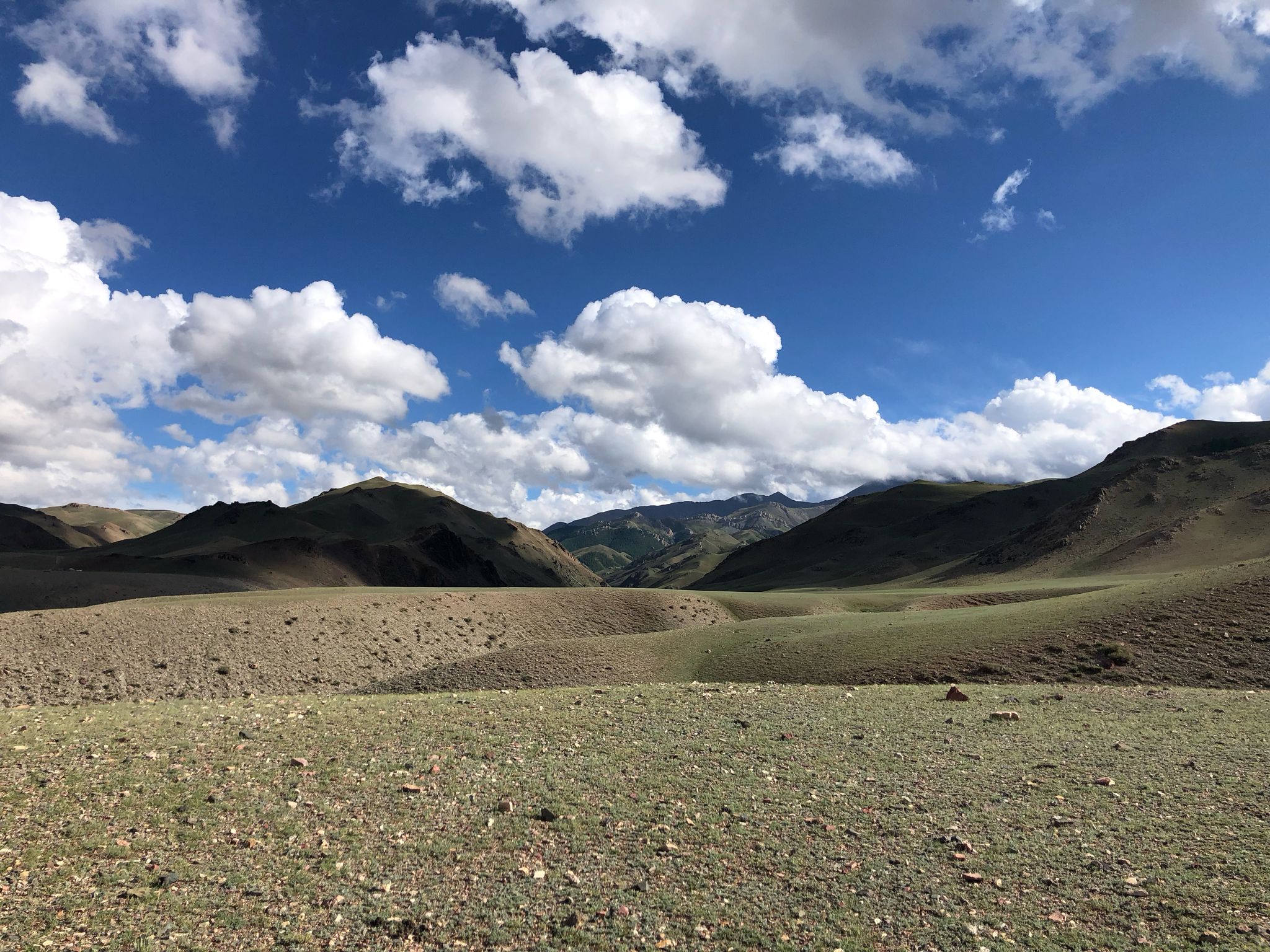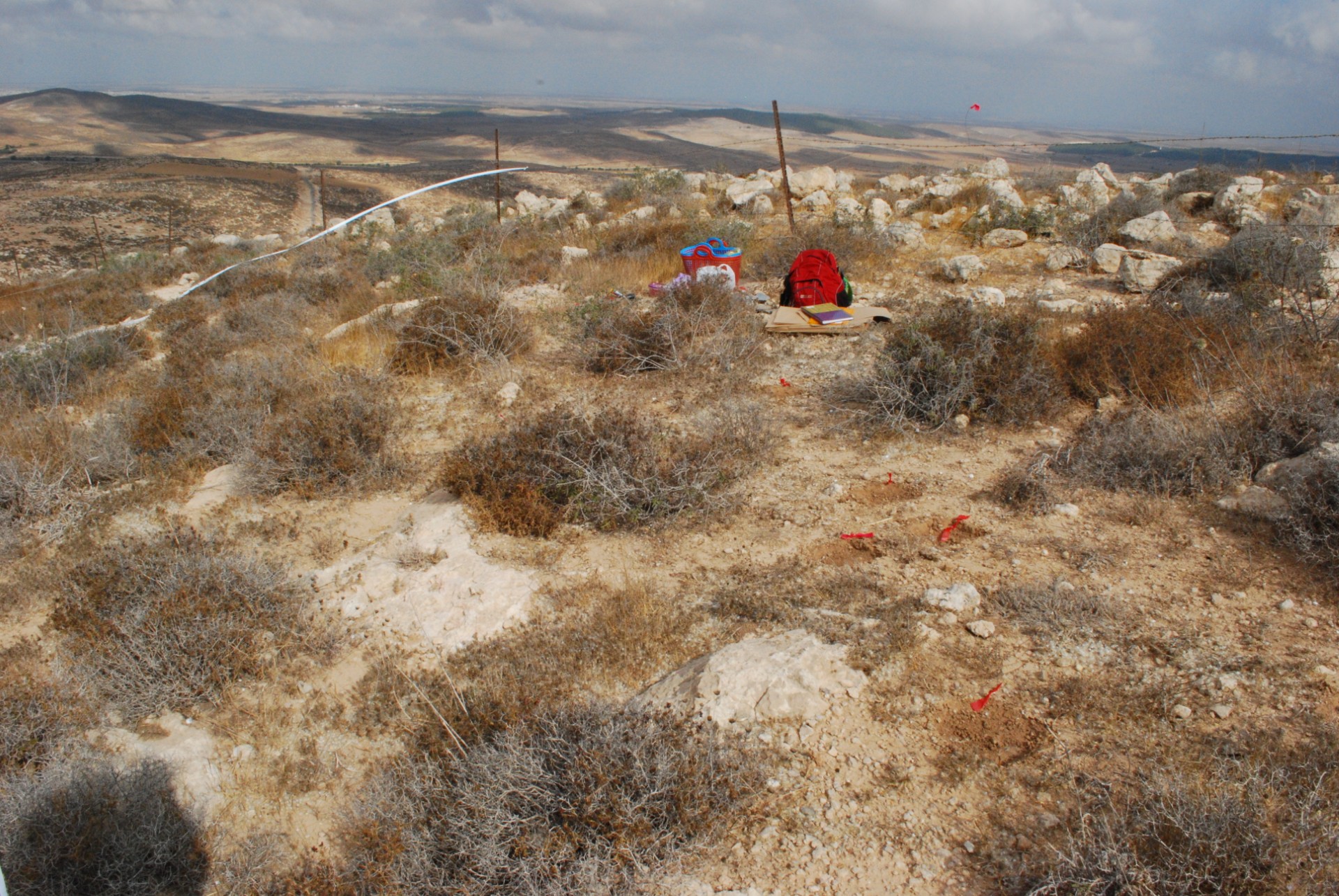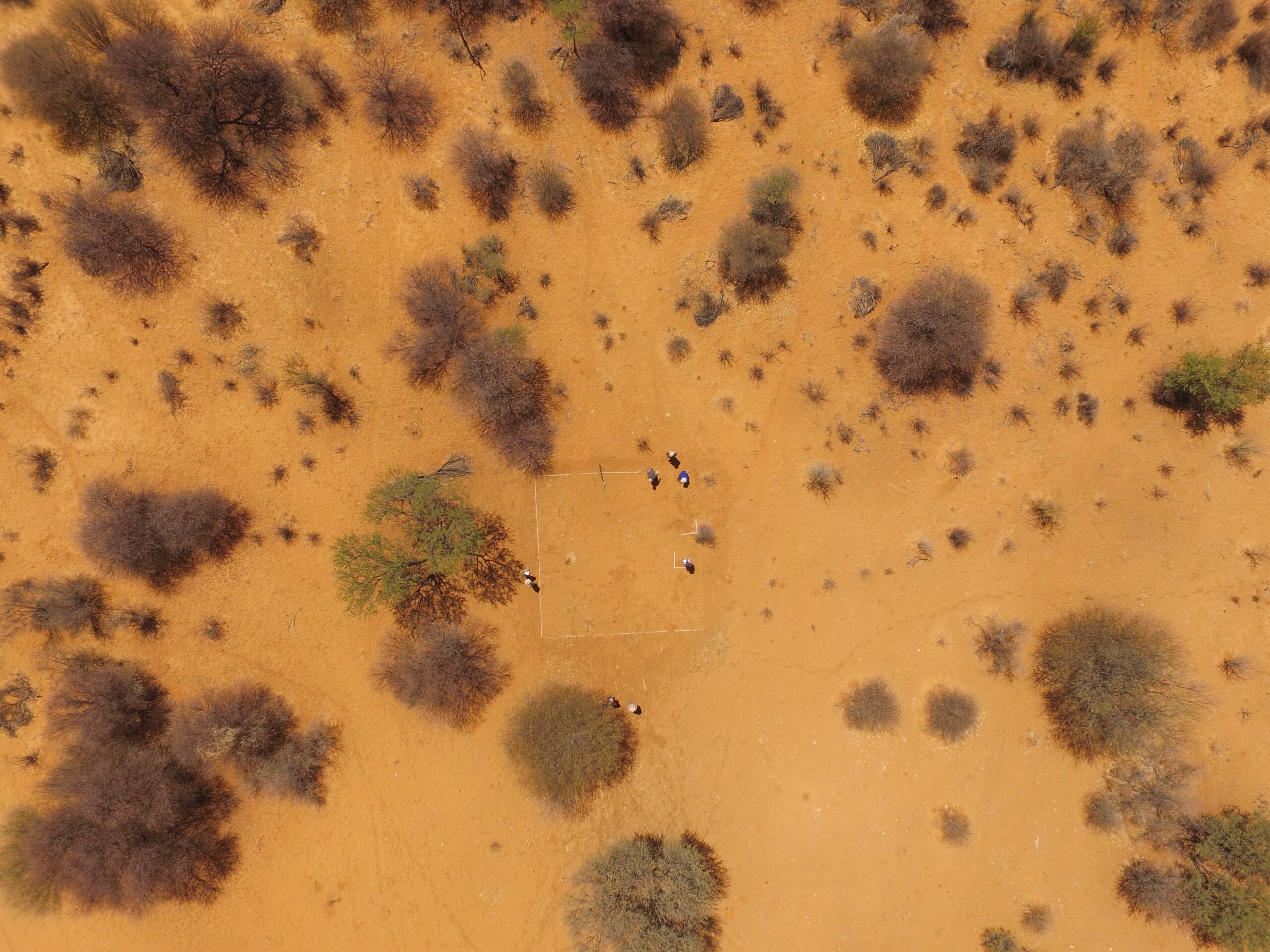Drylands
Drylands cover 40% of the Earth’s land surface and support over 2 billion people. Yet, they are often treated as wastelands. Drylands are marked by low rainfall and high evaporation, but dryland species have evolved unique strategies to thrive under these conditions, leading to a surprising diversity. These ecosystems, including deserts, grasslands, and savannas, host a significant portion of the world’s biodiversity, including biodiversity hotspots. However, human activities like landuse change or climate change threaten these ecosystems, often causing irreversible damage.
Drylands are not only characterized by low rainfall and high evaporation but also by high climate variability both in time and space. High spatial variability in topography, soil, and vegetation can lead to small-scale differences, causing different microclimates, which are vital in shaping the local environment. Soil moisture, temperature and plant cover are tightly connected, and small changes in these factors in these ecosystems can amplify heating or cooling depending on which parameter changes. Understanding these microclimates is essential for effectively managing and conserving dryland ecosystems, which will also help us understand ecosystem stability, resistance, and resilience in the face of climate change
Currently, we are working on:
-
A paper about our knowledge of microclimate ecology in drylands, and key questions for further research.
-
We also plan a data-based paper, of which the proposed objective is to examine the spatial and temporal heterogeneity of the microclimatic conditions in drylands around the world – using microclimate data from the MicroclimateDataBase.
-
We aim to investigate how macroclimate change interacts with microclimate conditions to amplify – or buffer- adverse effects on drylands.
If you work in Drylands and would like to be part of this effort, please get in touch by filling out our MEB subgroup sign-up form.



